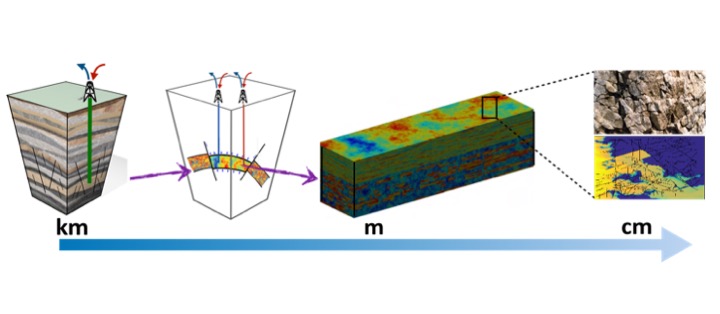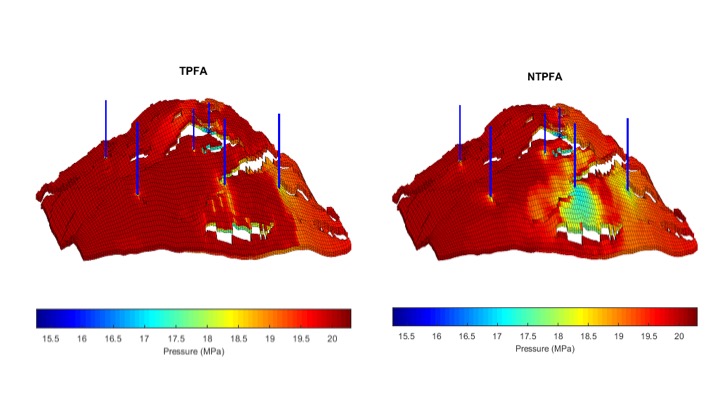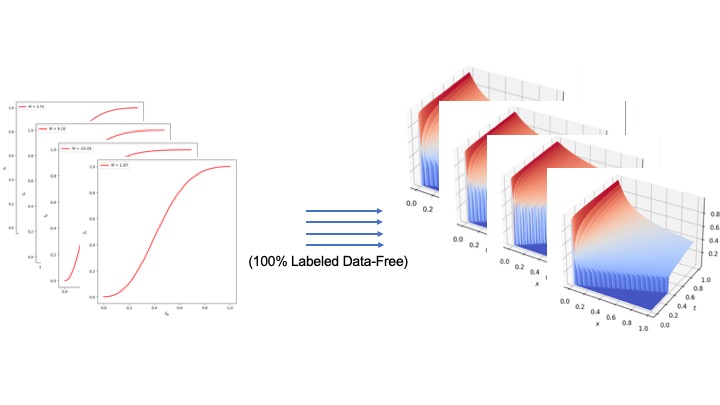Dr. Mohammed Al Kobaisi is an Associate Professor in the Petroleum Engineering Department at Khalifa University of Science and Technology (KU). In 2015 and 2016, Dr. Al Kobaisi was the Energy Affairs Manager in the Directorate of Energy and Climate Change (DECC) at the UAE Ministry of Foreign Affairs (MOFA) where he was in charge of the work on bilateral energy relations in oil, gas, and renewable energy. Moreover, he was the Deputy Permanent Representative of the UAE Mission to the International Renewable Energy Agency (IRENA) and an Advisor to the Ministry of Climate Change and Environment (MOCCAE) in 2017. Prior to his ministerial post, Dr. Al Kobaisi served on the Petroleum Institute’s upper management as Director of the Advanced University Placement division (AUP) from 2012 to 2014 and was a Visiting Assistant Professor at Stanford University in 2011 and 2012.
His scientific contributions revolve around the numerical modeling of fluid flow and transport in natural porous media with over 75 articles in journal publications, prestigious conferences, patents, along with symposia presentations and invited talks. He is primarily focused on the efficient and accurate performance prediction of large scale (full field), highly heterogeneous reservoirs. Specific interests include multiscale simulation, gridding and upscaling techniques, pressure-transient analysis (analytical and numerical), computational physics of multiphase flow and storage, advanced discretization schemes, deep machine learning, and fast computational algorithms. Dr. Al Kobaisi holds BSc, MSc, and PhD degrees in Petroleum Engineering from the Colorado School of Mines. He is a member of the Society of Petroleum Engineers (SPE), the Society for Industrial and Applied Mathematics (SIAM), and the European Association of Geoscientists and Engineers (EAGE).

This project develops a real-field-relevant multiscale simulation method for fractured heterogeneous reservoirs with the projection embedded discrete modeling approach (pEDFM-MSFV). Multiphase fluid flow is modeled inside the large-scale 3D heterogeneous (highly) fractured formation. pEDFM allows for avoiding gridding complexities, while MSFV allows for speedup. The combination, i.e., pEDFM-MSFV is a real-field fracture modeling approach that can make a breakthrough in the state-of-the-art simulation capacities, leading to fast and robust simulations of highly fractured systems. The multiscale technology allows for avoiding excessive upscaled quantities, which then leads to higher accuracy of simulation while being also computationally efficient. The Multiscale Integrated approach for Reservoir-Earth (MIRE) coupled systems is a 4-year (2023-2027) collaborative project between KU, ADNOC, TUDelft, and Schlumberger. Relevant applications of the project span a wide range including subsurface production of mass (hydrocarbon) and heat (geothermal), as well as storage of CO2 or waste, and also –very importantly—cyclic storage and production of green fuels (H2, CH4, ...) in the subsurface as giant (>GWh) storage of renewable energy. The latter application can only happen if such an integrated multiscale simulation strategy for reservoir-earth is developed, so that the crossing of scales allows for uncertainty reduction once coupled with near real-life monitoring of the processes from different (satellite, geophysics, geology) sources.

This research deals with the formulation and numerics of advanced discretizations, namely linear and nonlinear finite-volume methods. Examples include multipoint flux approaximations (MPFA), nonlinear two-point flux approximation (NTPFA), and nonlinear multipoint flux approximation (NMPFA). These numerical schemes, amongst others, are indispensable in modern day modeling of physical phenomena, especially conservation laws, due to thier flexibility and handling of some of the most complex, and sometimes 'weird', grid geometries. Supported by KU's internal research funds, my group looks into the various aspects of advanced discretization schemes with regard to consistency, monotonicity, maximum principle, and overall eficiency.

The energy landscape is changing at an accelerating pace; and regardless of the school of thought one might prescribe to, the energy mix will always be just that, a mixture of energy resources. From conventional fossil fuels to renewable sources with strong natural temporal fluctuations in supply, a common techincal theme that this project looks into is the modeling of subsurface use and practicable storage. Applications include CO2 sequestration, compressed air energy storage (CAES), heat storage and geothermal modeling, synthetic methane and hydrogyn gas storage.

Fast Physics Informed Surrogate Models for Fluid Flow in Porous Media: Learning Operators using DeepONets
Recent advances in artificial intelligence (AI) and deep learning have revolutionized a variety of industries, leading to groundbreaking tools such as ChatGPT, DALL-E, and Whisper. These technologies have undoubtedly captured the public interest; Computational scientists in the engineering community, on the other hand, are hoping to take advantage of these advancements to augment numerical-based physics simulators to avoid complex grid generation tasks, and be able to support computing an ensemble of solutions in heterogeneous media at blistering speeds. Some of the most important areas in the reservoir simulation workflow that could benefit from generative scientific AI are uncertainty quantification, and stochastic modeling. The use of AI tools in reservoir simulators and reservoir simulation workflows could potentially result in orders of magnitude speedups, simplify workflows and improve the overall performance. Understanding both the opportunities and limitations is key to developing applications and directing future research. This research theme aims to explore the potential of operator learning and Physics-Informed operator learning technologies for such purposes.